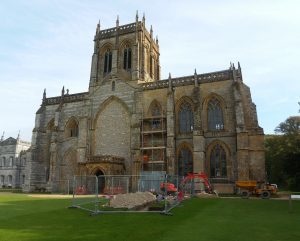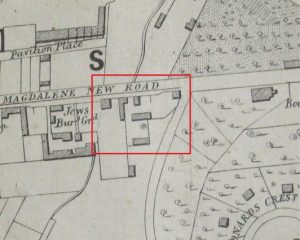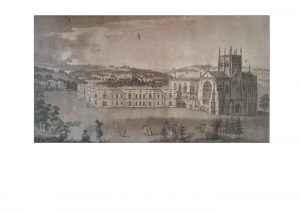Following our theme of answering frequently asked questions, in this blog post we’re looking more closely at Heritage Statements: what they are, whey they’re needed and what they should contain.
A Heritage Statement is a document needed by a local planning authority in relation to a development application. It is an assessment of the significance of heritage assets, and their settings, affected by a development and the impacts of that development upon them. Heritage assets range from sites and buildings of local historic value to those of the highest significance, such as World Heritage Sites.

The Heritage Statement allows local planning authorities to determine whether any archaeological conditions need to be attached to the application. You can read more about the purpose of heritage statements in the National Planning Policy Framework (NPPF) here. You can also read more about the purpose of Heritage Statements in paragraph 189 of the National Planning Policy Framework (NPPF).
What should a Heritage Statement contain?
The NPFF states that the level of detail needed to accompany a planning proposal which effects heritage assets should be proportionate to the assets importance. It needs to be no more than is sufficient to understand the potential impact of the proposal on the heritage assets.
If a Heritage Statement is requested it would normally include a short research project (see our blog post on Desk-Based Assessments), which sets out details of the history and development of the site, using photographic, map, archival and fabric evidence. It should be accompanied by a detailed photographic record, showing the site context and features/structures which might be affected by the proposal, cross-referenced to survey drawings.

A Heritage Statement should also include an assessment of the archaeological, architectural or historical significance of the asset. In addition, it would normally be expected to include an assessment of the impact of the proposed works on the significance of the asset, and a statement of justification for those works, together with details of any mitigation measures proposed.
Creating a Heritage Statement
Whilst it may be possible to create a basic Heritage Statement in close consultation with the Local Planning Authority, normally the services of an experienced historic environment consultant would be needed. Oakford Archaeology offer a range of archaeological services and have been commissioned to work on Heritage Statements for clients across Devon and the South West – let us know if we can help.


Recent Comments